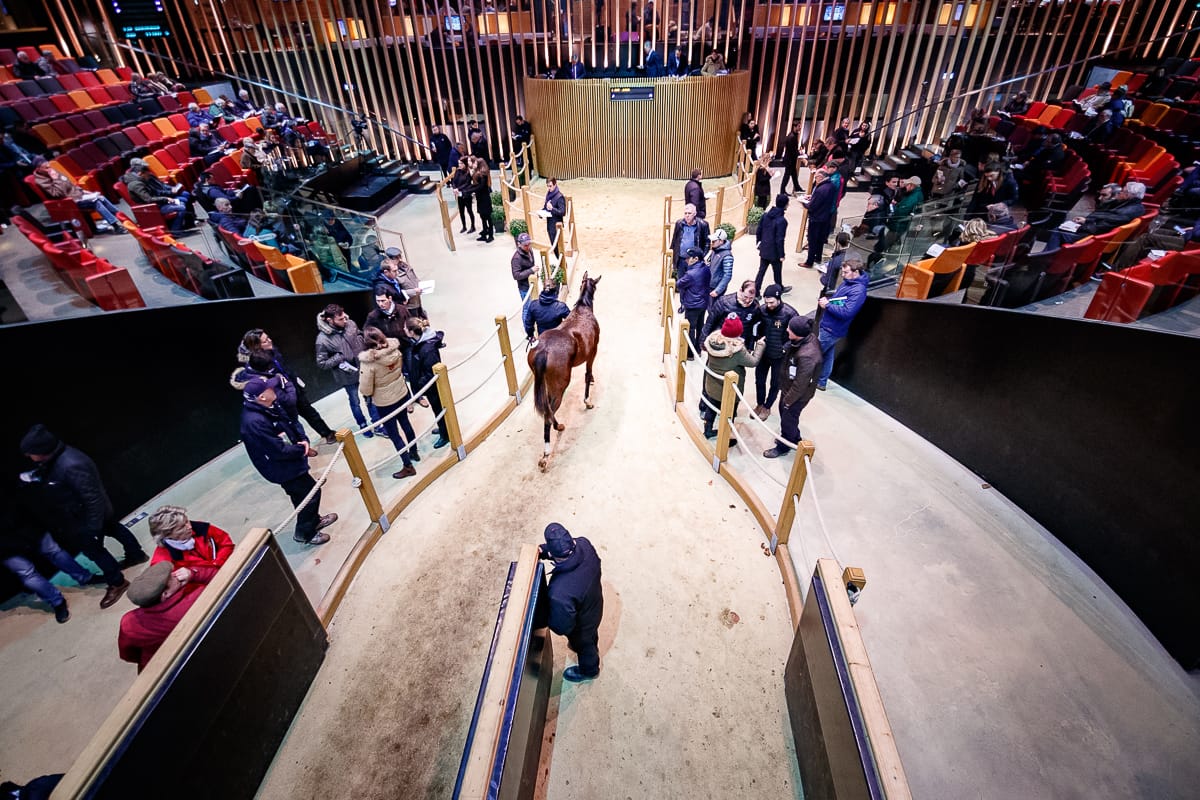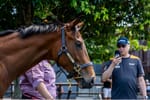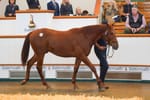This article has been produced thanks to the sponsorship of Arqana
Prominent Australian owner and breeder Matthew Sandblom doesn’t need much encouragement to invest in a new racehorse or three.
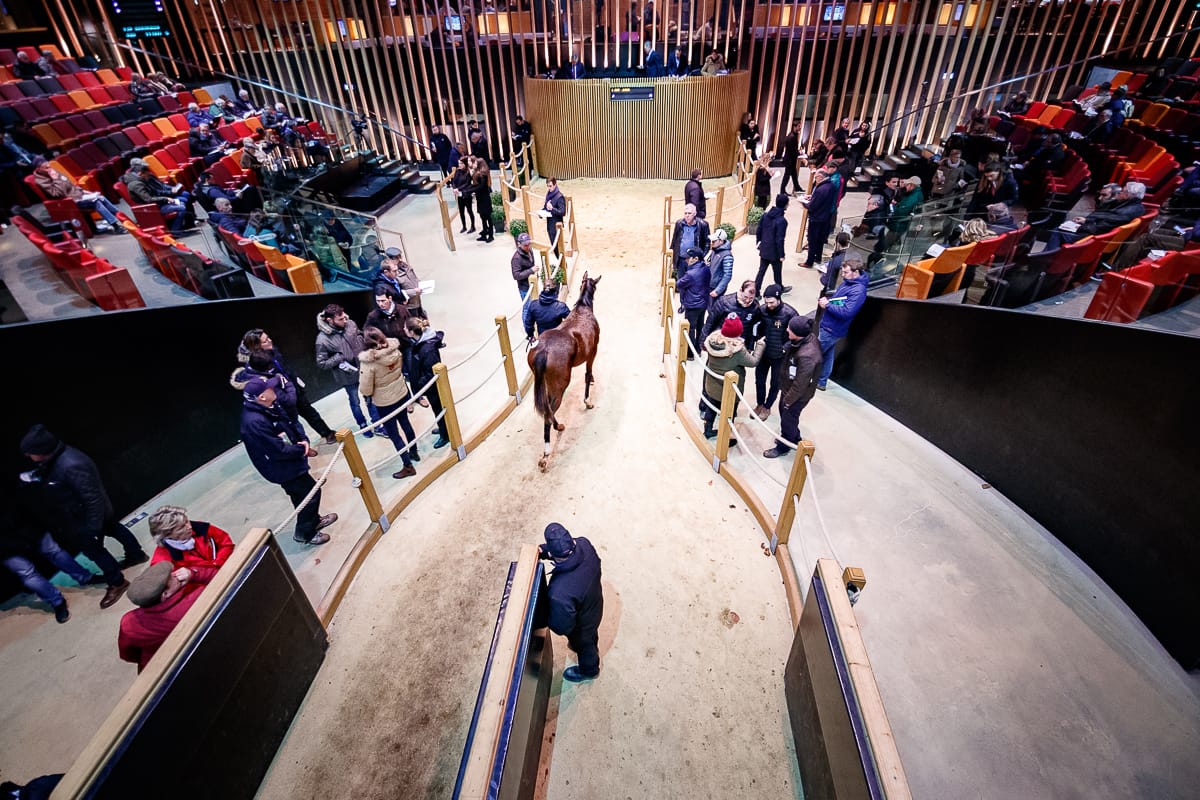
So, when his wife and renowned playwright Wendy Beckett’s regular theatrical work gathered pace in France it was as good an excuse as any to become involved in French racing as an owner.
While Sandblom didn’t strike immediate success, it didn’t take long for the entrepreneur to hit paydirt both on the track and in the sales ring through the deeds of his 2022 Arqana August Yearling Sale graduate Ramatuelle.
The Justify filly, trained by Christopher Head, won four of her nine starts highlighted by her victory in the Group 1 Prix de la Foret for a syndicate, which included Sandblom, that was put together by international bloodstock agent Arthur Hoyeau.
This year’s Arqana August Yearling Sale will take place in the scenic town of Deauville on August 16 to 18.
A €100,000 purchase from Arqana three years ago, Ramatuelle’s talent was on show almost immediately, winning three of her five starts as a two-year-old with her juvenile season rounding out with a second placing in the Group 1 Prix Morny at Deauville.
As a measure of the strength and influence of French racing, that race was won by Vandeek, who will shuttle to Arrowfield Stud this year.
Ramatuelle returned as a three-year-old to race four times, with her career rubber stamped with a career-defining win in the Prix de la Foret at Longchamp on Arc Day last year, a performance which sent her residual value soaring.
Ramatuelle powers home in the Group 1 Qatar Prix de la Foret Presente par Education Above All for @CHeadRacing and @lemaitre60LA at @paris_longchamp! pic.twitter.com/saXhMnZ7bd
— At The Races (@AtTheRaces) October 6, 2024
A month later she was sold for US$5.1 million at the Fasig Tipton sale in Kentucky to Coolmore’s MV Magnier.
Sandblom and the Hoyeau syndicate were rewarded in the extreme by their decision to overlook Ramatuelle’s perceived blemishes as a yearling, confident that they had bought a quality filly for a value price.
“She was a well-bred filly out of a Group 2 winner, a first foal out of a Raven’s Pass mare and I think she just had a bit of activity in the knee, a bit of changes in the knee, which put people off,” Sandblom recalls.
“She was a nice enough filly, not particularly big, and a bit on the lighter side, but very athletic and so she sold for 100,000 euros. If she had clean x-rays, she probably would have brought two or three times more than that.”

Sandblom will return to France next week ahead of the Arqana sale, which he says is worth experiencing for any racing aficionado.
“The thing I like about French racing is the prize money is a bit better, especially if you do the breeders' bonuses where they're eligible for the French owners' premiums, if it's bred in France, they add a lot to the prize money,” he says.
“It's well run and I find people like Francis Graffard and Christopher Head, trainers of their ilk, are all approachable … and Deauville is probably one of the most beautiful places you can have a horse sale in.
“It's pretty much like a mini version of the Gold Coast, where everyone's at the one place, everyone's relaxed, it's holidays and there’s only a few hundred horses in the catalogue, and there's racing as well.”
“There’s plenty of good food, a few Aussies trek over there as well, so I'd certainly recommend it as much for the lifestyle elements as for the racing elements.”
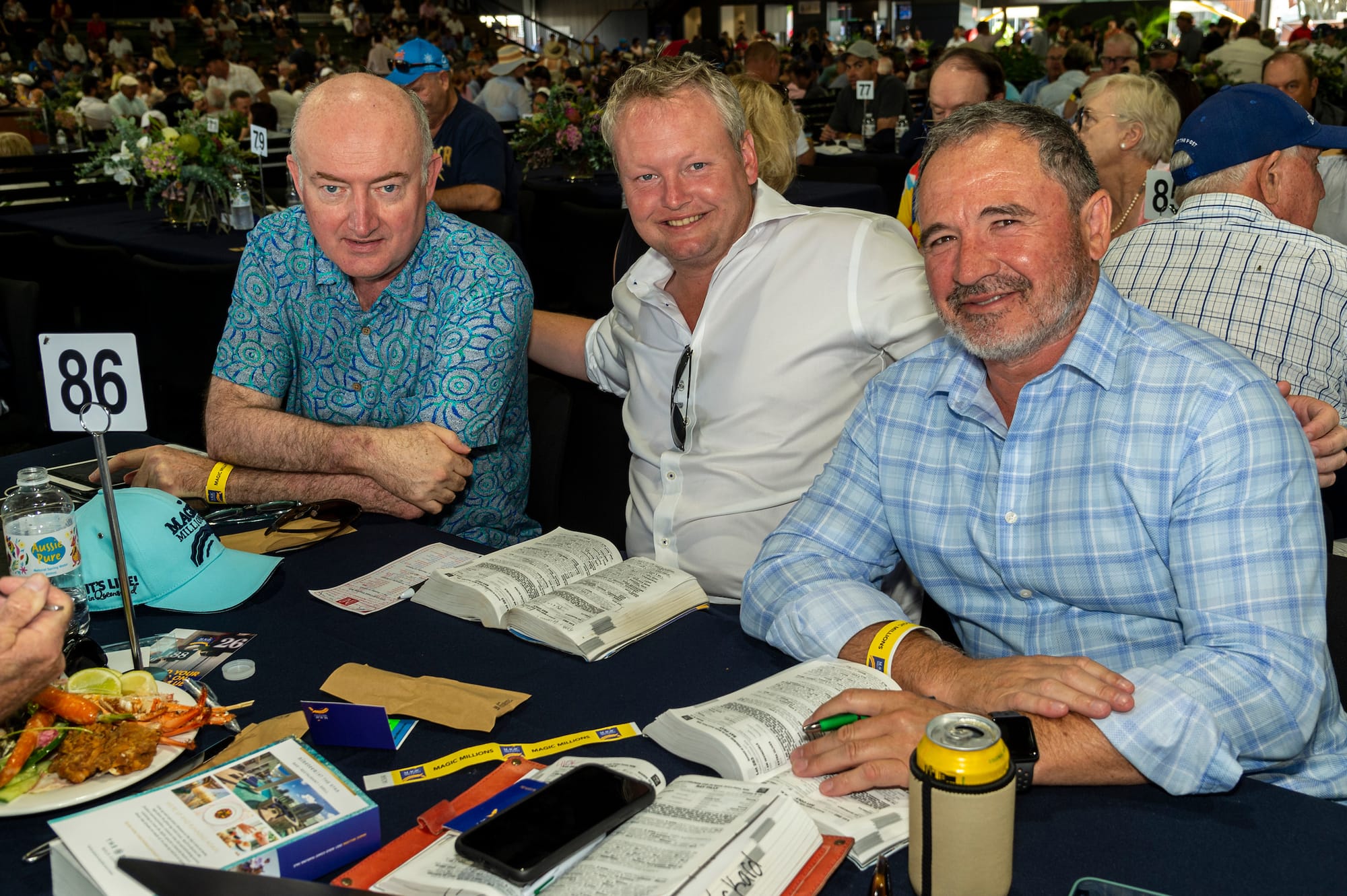
The advantage of playing in the northern hemisphere bloodstock market is the values placed on Group 1-winning mares by the big players such as Coolmore and rival global thoroughbred breeding giants.
“The prices they pay in Europe and America with those sorts of fillies are a step up from Australia,” Sandblom says.
“At the end of the day, she won a very nice race, and won it very well, the Prix de la Foret, but that was her only Group 1 win. She's gone straight to stud and I'm pretty sure she's gone to Wootton Bassett now, so I guess they don't muck around at Coolmore.”
Sandblom says the coverage of French racing by Australian broadcaster Sky Racing made it rather easy to follow his bloodstock interests in France even when he was at home in Australia.
“You really don't miss anything, and particularly when there's only eight hours difference during their summer, which is their best racing months, and you tend to be watching them at 10, 11, 12 at night, which is not too late anyway,” says Sandblom, whose equine pursuits include part-owning Newgate Farm and his private stud Kingstar in the Hunter Valley.
This article has been produced thanks to the sponsorship of Arqana
- Written by Tim Rowe

